For centuries, wars have been a part of our world history. During these times, prisoners of war are often captured and held in captivity until the war’s end. These POWs often seek their escape, hoping to return home to their families or rejoin the fight. While some escapes would prove to be successful, many were not.
Inside these camps, POWs faced harsh working conditions and food rations. Should they choose to escape, they would also be faced with a long and difficult journey to return home, knowing little of the local language and forgoing food and protection along the way. Still, this didn’t stop men from risking their lives and attempting daring escapes.
Some attempts would go on to be famous. Our list begins with the “Great Escape,” one of the most well-known WWII POW escapes in history. Others would prove to end in tragedy.
To compile some of the greatest POW escapes in history, 24/7 sourced information from Imperial War Museums, The National World War II Museum, and History.com. (For more information on this topic, click here to see the 10 famous people who spent time as prisoners of war.)
The “Great Escape”
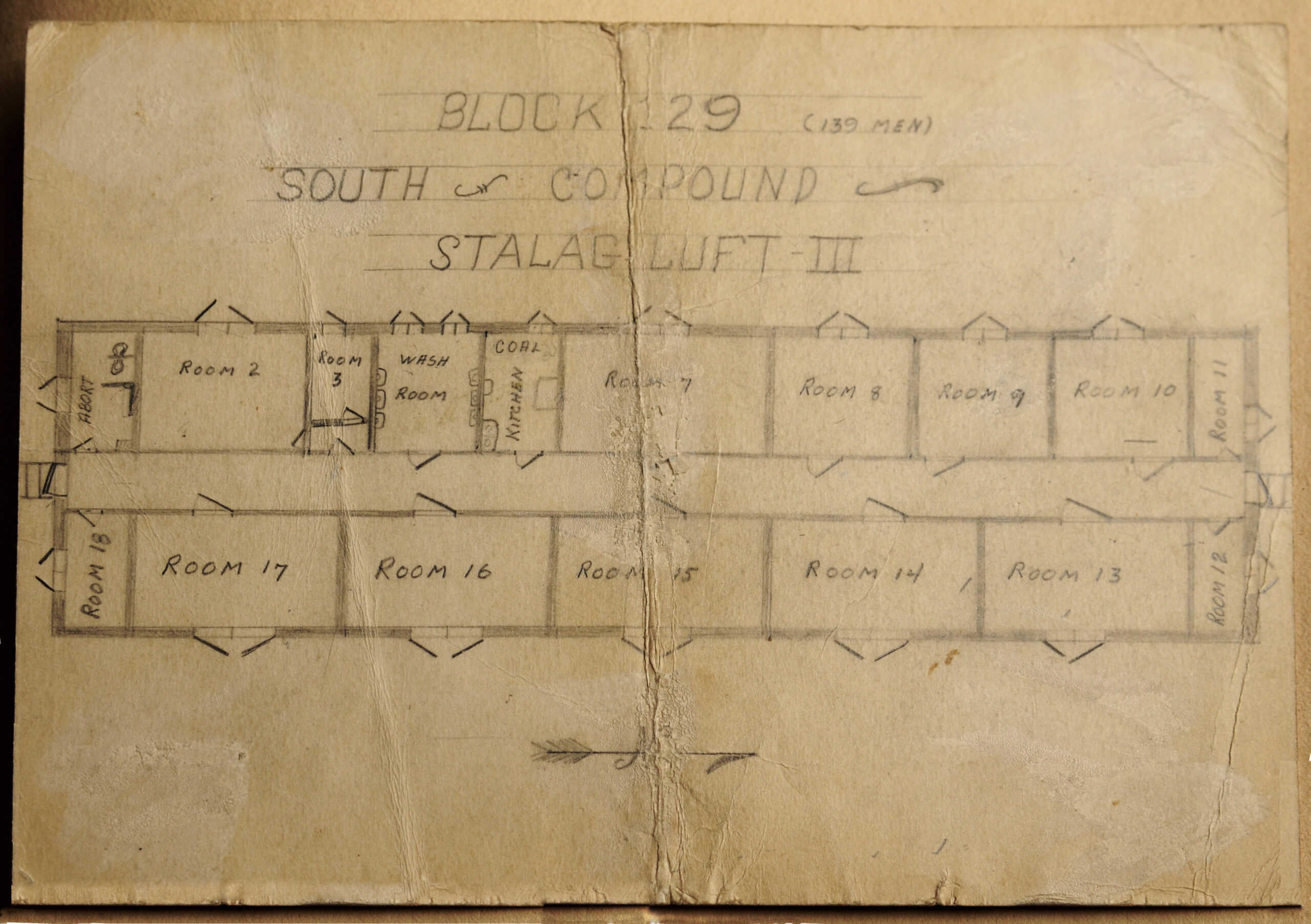
- Prison: Stalag Luft III
- Date: March 1944
As arguably the most well-known escape during World War II, the “Great Escape” included plans for more than 200 Allied aircrewmen to escape from Stalag Luft III in Germany. While a few had tried to escape individually since 1943, this was the largest attempted escape at the camp to date. The attempt was led by Squadron Leader Roger Bushell and plans for the escape began in April 1943.
According to History.com, several men worked together to dig 3 separate tunnels. These tunnels were nicknamed Tom, Dick, and Harry. One of the tunnels was discovered before it was finished, forcing the men to all escape through only one tunnel: Harry. On March 25th, 80 men made their way through the tunnel that was over 100 meters. 4 were spotted while 76 others got away. However, only 3 of the men made it home. 50 of the escapes were recaptured and murdered per orders from Hitler.
You may recognize the name of this historic event as it inspired a 1963 film of the same name starring Steve McQueen and James Garner.
Allied Officers During WWII
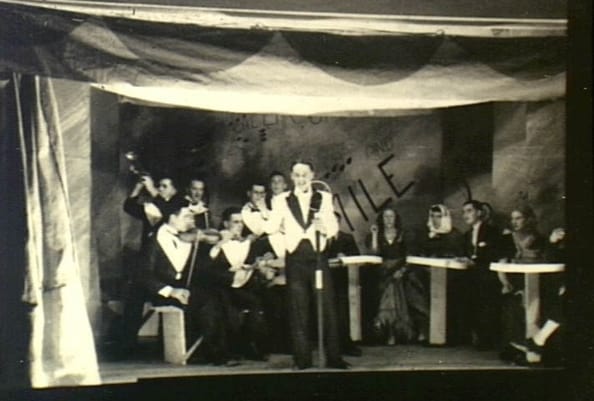
- Prison: Oflag XVIIA in Austria
- Date: September 1943
Oflag XVIIA was known for predominantly holding French officers, though it had more than 5,000 men at one time during World War II. This camp was unique in that the men created their own French community. They also worked together to plan a large escape in the fall of 1943.
For more than three months, prisoners of the camp worked together to build a long tunnel that was located near the camp’s theater. Over two days, and with an intricately detailed escape plan, 131 men escaped the camp. However, most were captured and returned to the camp. After the escape, 2 prisoners were killed and 11 were able to make it to Hungary but were placed on house arrest upon arrival.
The Wooden Horse
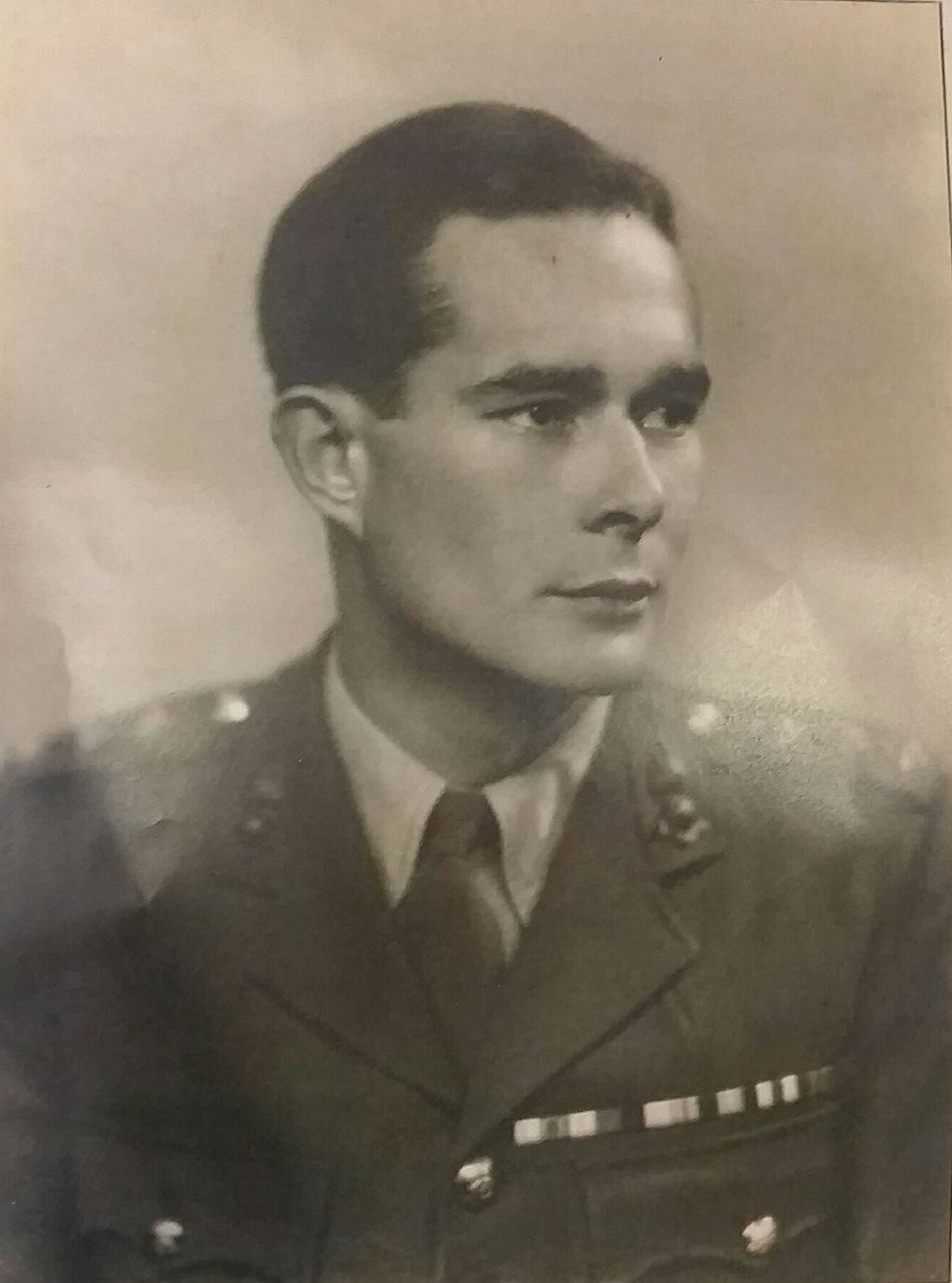
- Prison: Stalag Luft III
- Date: October 1943
Another much smaller escape occurred at Stalag Luft III in the fall of 1943. Several men worked together to create a wooden vaulting horse to disguise their tunnel. The horse was placed near the perimeter of the fence and men were recruited to practice gymnastics there to further hide the work being done on the tunnel. One or two men would then hide in the wooden horse as it was carried out into the yard for gymnastics practice where they would then work on digging the tunnel.
When the tunnel was finished, three men who could speak German, Oliver Philpot, Michael Codner, and Eric Williams made their escape. All three men were able to make it to neutral Sweden before eventually returning to Britain. In 1949, Eric Williams also wrote a book detailing the men’s escape. Some of the details were fictionalized, but the book, “The Wooden Horse” was turned into a film the following year.
Colditz Castle
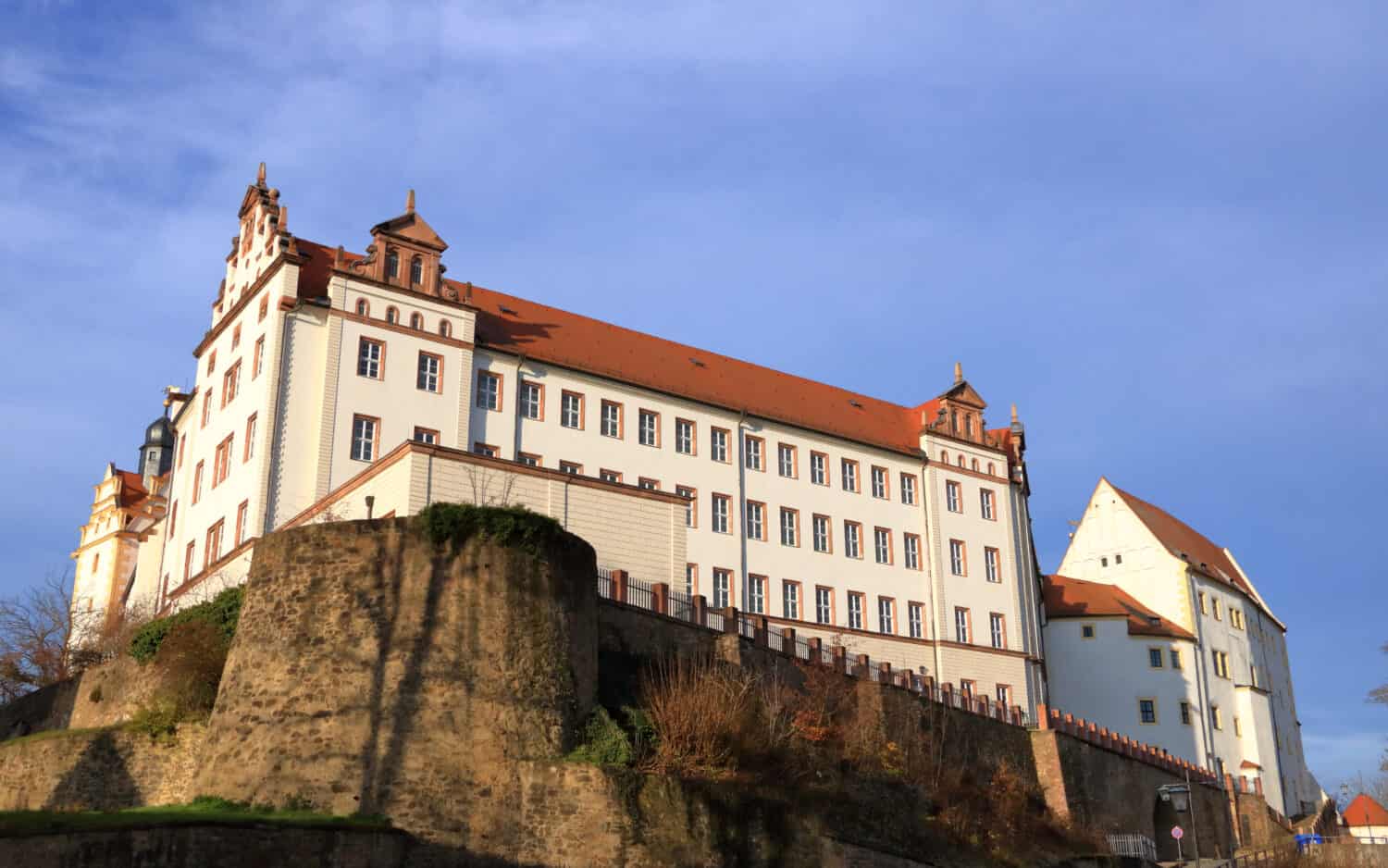
- Prison: Oflag IV-C
- Date: January 1942
Colditz Castle, a huge settlement built before the Middle Ages located in Eastern Germany, was home to the Oflag IV-C POW camp during World War II. Most of the prisoners in the camp were those who had escaped previous camps and were sent to Colditz because the Germans believed the castle was inescapable.
However, in January of 1942, Airey Neave became the first to escape the camp. The British officer recruited the help of another Dutch officer and the two broke into the German guardhouse where they could dress as German officers. Under their new disguise, the two men walked past guards and made their escape over a wall. Neave made his way to Switzerland until he was able to eventually arrive back in the UK.
Aside from Neave, another escape attempt was created at Colditz where men worked together to create a glider. However, the war ended and the camp was liberated before the glider could be used.
Eichstätt Tunnel
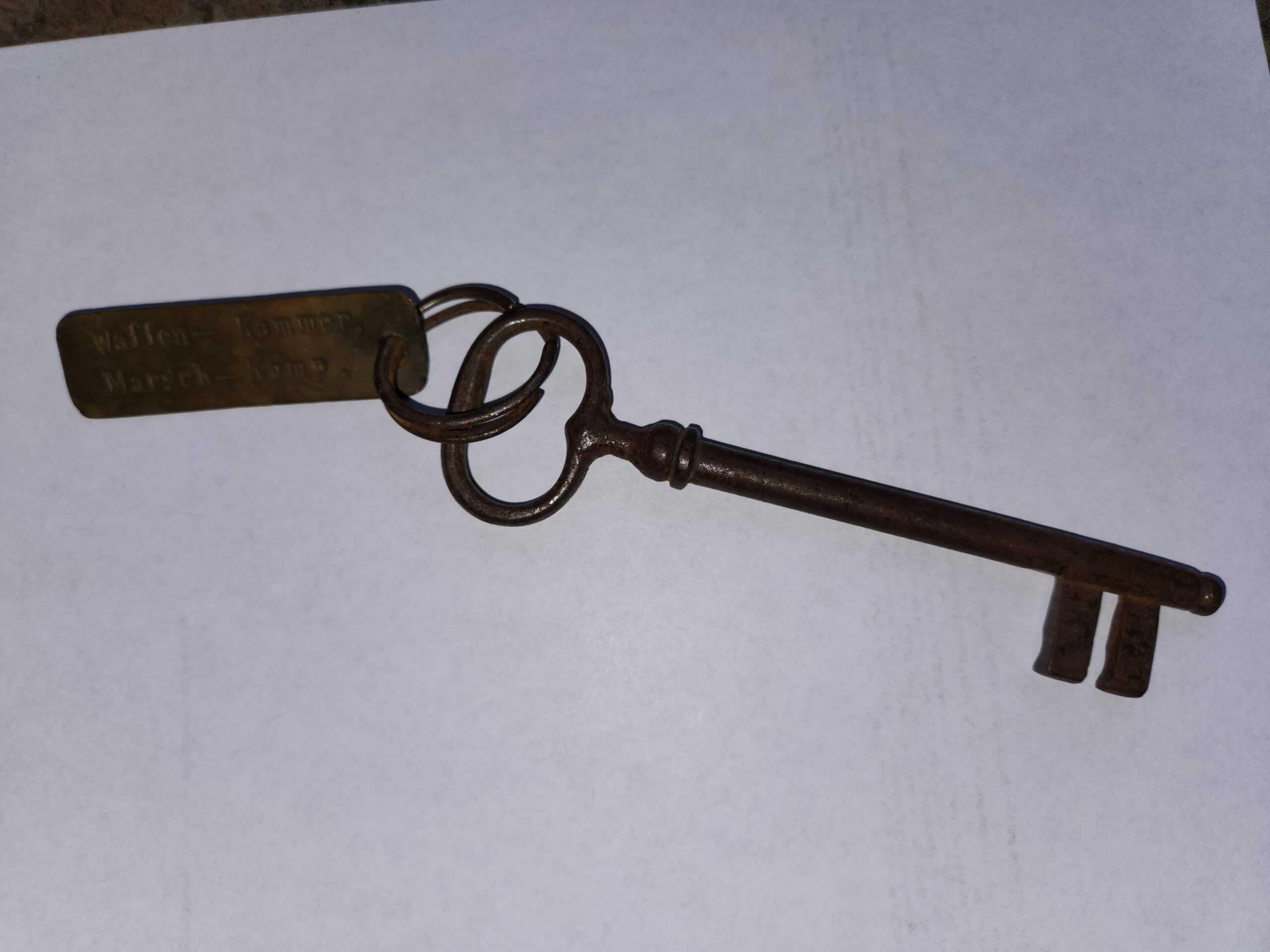
- Prison: Oflag VIIB
- Date: June 1943
At Oflag VIIB located in Eichstätt, Bavaria, plans for a prison escape began in 1942. Lieutenant Jock Hamilton-Baillie and Captain Frank Weldon arrived at the camp after previously escaping a prison camp in Warburg. The two men lead the escape plan as many worked together to dig a tunnel. This tunnel began under a latrine and ended at a nearby chicken coop outside the camp. The terrain where the tunnel was dug was rocky and challenging, but it also kept German guards from checking the area.
In early June 1943, 65 men made their escape through the tunnel. However, all 65 were captured and returned to the camp where they spent 2 weeks in detention before being transferred to Colditz.
German Pilot Franz von Werra
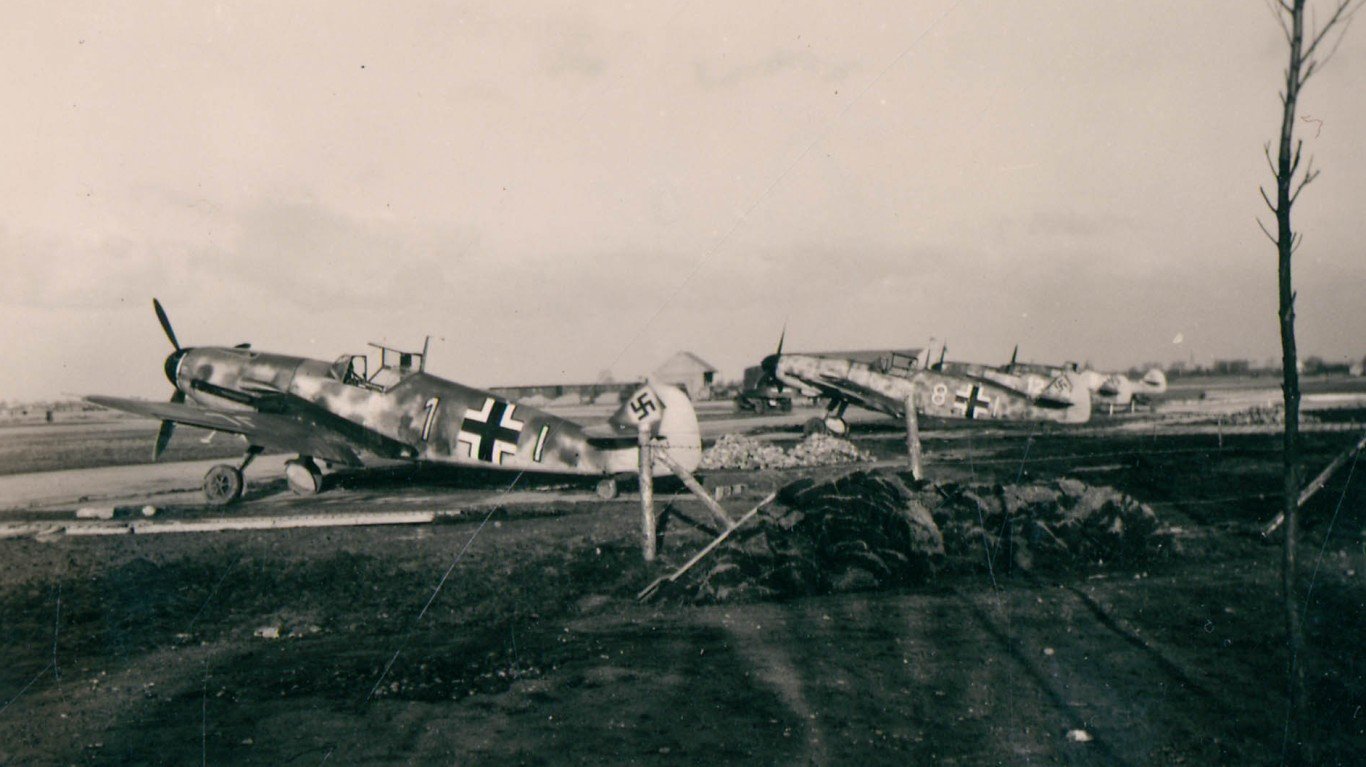
- Prison: En route to a prison on the North shore of Lake Superior
- Date: January 1941
Franz Freiherr von Werra was a well-known German fighter pilot in World War II. After his plane was shot down in Britain in 1940, von Werra was captured and placed in the Maidstone barracks. After several attempted escapes, the pilot was placed on a boat to be transferred to Canada along with other German prisoners in January 1941. He was supposed to arrive at a prison camp along the North shore of Lake Superior, but he never arrived at the camp.
On board the train from Montreal, von Werra jumped out a window and landed near Smith’s Falls, Ontario. He made the 30-mile track to the St. Lawrence River, where he crossed the frozen water to arrive in America. Because America had not entered the war yet, von Werra turned himself in to the police before the local German council paid his bail. The pilot made his way into Mexico, before traveling to Brazil, Spain, and Italy, to arrive back in Germany in April of that same year.
Von Werra was welcomed back as a war hero and received the Knight’s Cross of the Iron Cross for his efforts.
Angler Escape

- Prison: Angler POW Camp in Ontario, Canada
- Date: April 1941
Also in April of 1941 in Ontario, there was another famous prisoner escape from the Angler POW camp. The camp was a combination of both German soldiers and Japanese-Canadian civilians, all of whom were deemed a threat to Canada at the time. Several men worked together to create a 150-foot tunnel that ended outside the camp’s wall.
As the men dug the tunnel, they faced many challenges. The ground was mostly sand, which made digging easy, but required wooden supports to keep the tunnel from collapsing. Additionally, on the day of the planned escape, a large rainfall occurred and began filling the tunnel with water. Despite the challenges, 28 out of the 80 men that attempted the escape, successfully made it outside the camp.
However, most who escaped were quickly captured and returned to the camp. Five of the escapees were killed and few others made it as far as Alberta before being apprehended.
French General Henri Giraud
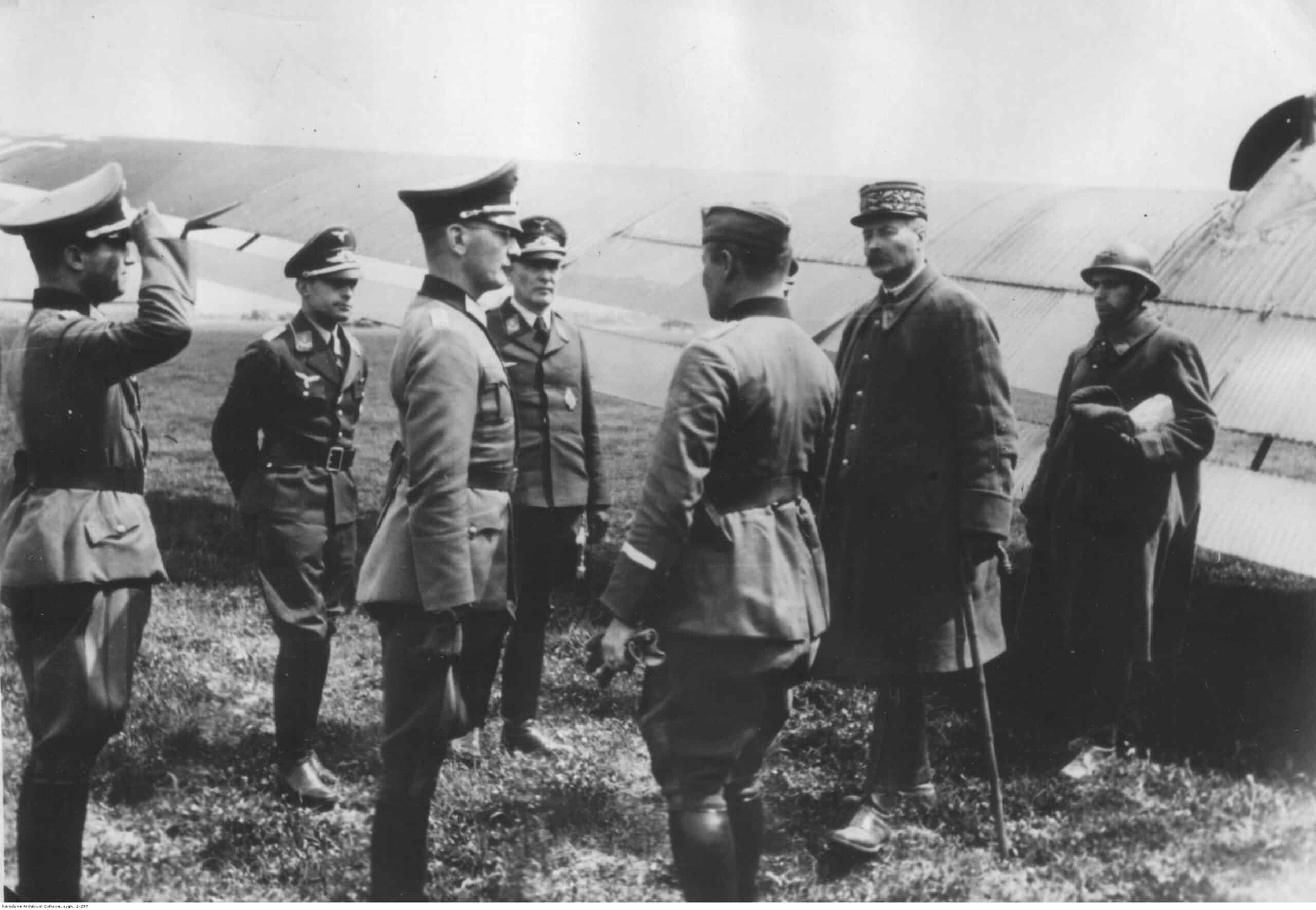
- Prison: Koenigstein Castle
- Date: April 1942
63-year-old French General Henri Giraud found himself captured and held in Germany’s Koenigstein Castle in 1940. It took the General 2 years to create his entire escape plan, which included bed sheets, twine, and copper wire.
In April of 1942, Giraud used the above-mentioned supplies which friends had smuggled to him to create a 150-foot rope which he then used to scale down the wall of the castle. Before his escape, Giraud shaved off his mustache, acquired a map of the area, and learned German through his guards to aid in his escape.
After traveling through Germany and the Swiss mountains, Giraud eventually arrived in Vichy, France where he made his identity known.
Davao Escape
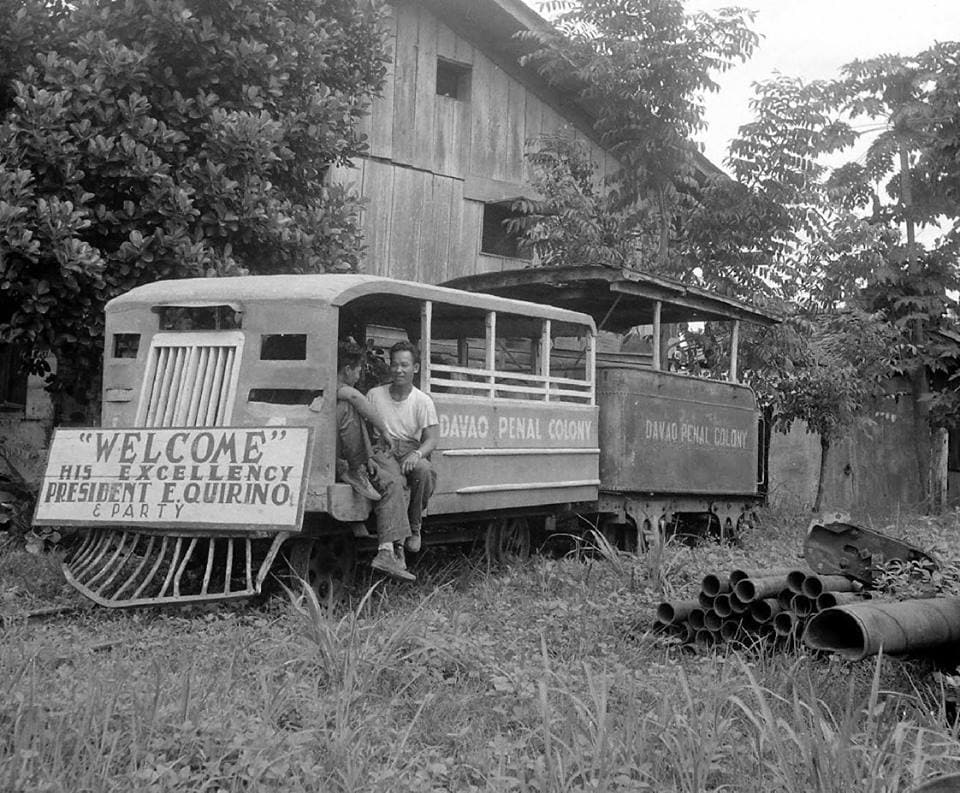
- Prison: Davao Penal Colony in Philippines
- Date: April 1943
After a year in captivity, including enduring the Bataan Death March, 10 POWs bravely planned their historic escape from the Japanese-run Davao Penal Colony in early 1943. These ten men were accompanied by two convicts, thus creating the group’s nickname of the “Davao Dozen.” After months of strategizing and working to smuggle supplies out of the camp, the POWs escaped from the rice patties they had been sent to work in, knowing that if they were caught, the penalty would be death.
Upon escape, the men spent several months on the run. Their escape was deemed successful when they eventually met up with Lieutenant Colonel Weddell Fertig. Fertig was an American guerilla fighter who refused to surrender to the Japanese military in Mindanao. With his help, seven of the escapees boarded a submarine for Australia. They were then able to relay the information of what they had seen and endured to General Douglas MacArthur.
These men’s acts of bravery have been celebrated for decades. If were not for their escape, the American military would not have learned of the harsh POW conditions happening under Japanese rule. Author John D. Lukacs went on to publish a book about the specifics of this escape. “Escape From Davao: The Forgotten Story of the Most Daring Prison Break of the Pacific War” was published in 2010.
WWI Escape from Holzminden
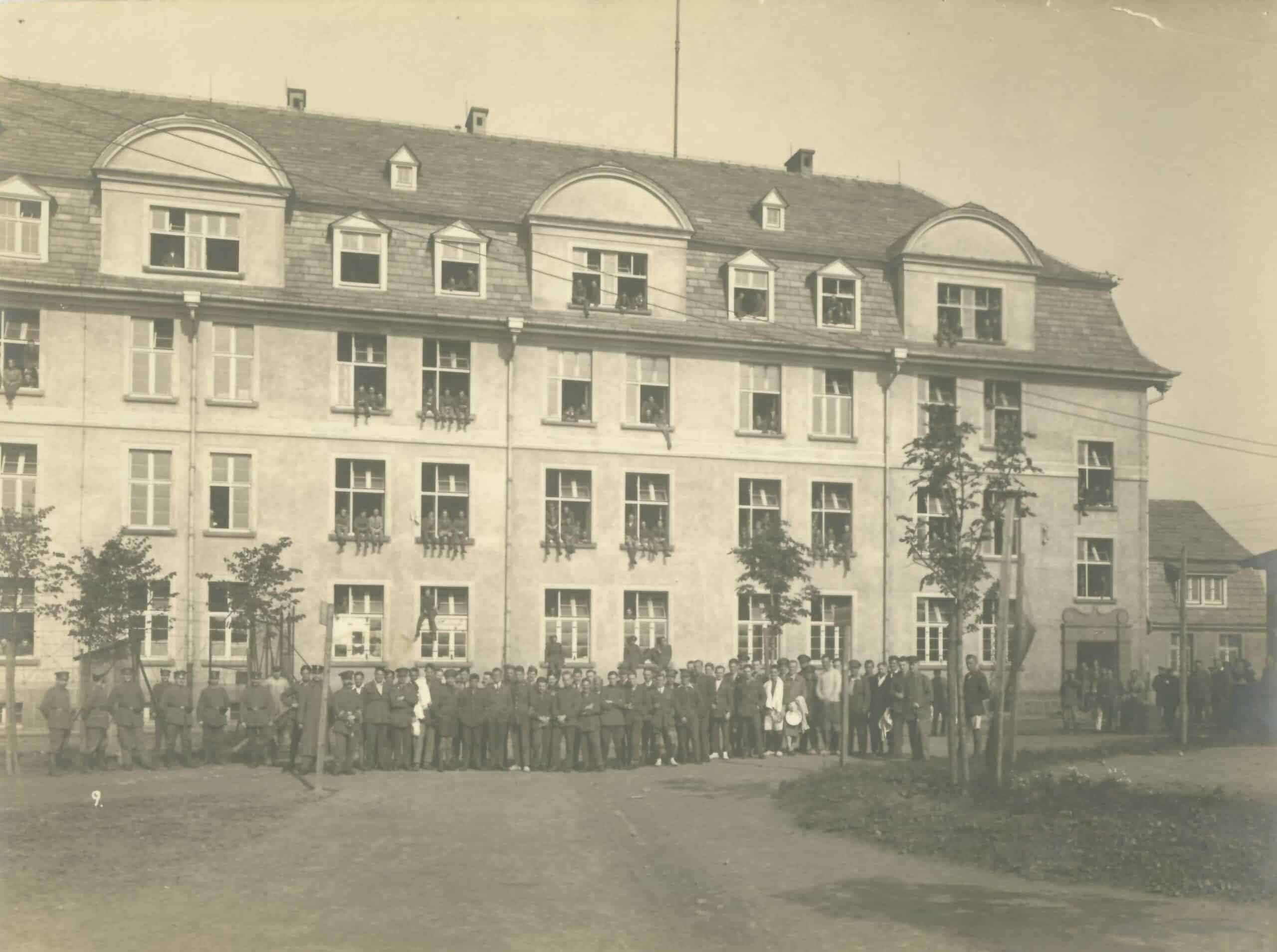
- Prison: Holzminden in Germany
- Date: July 1918
During World War I, Holzminden was known as one of the worst prisoner camps in Germany and was reserved largely for British officers. Captain Karl Niemeyer ran the camp and was known for his harsh conditions, often withholding food from the prisoners.
However, after nine months of digging a tunnel from the officer’s quarters, a little over 80 men planned their escape from the camp. During the escape, the tunnel partially collapsed allowing only 29 to make their way outside the prison gates. Of those 29, 19 were recaptured. The other 10 eventually made their way to the Netherlands before returning to Britain, successfully escaping the camp. (Click here to see 35 horrifying images from World War II.)
